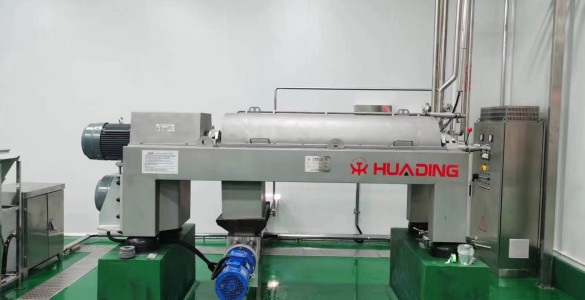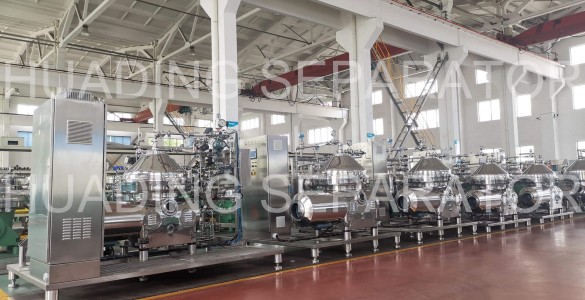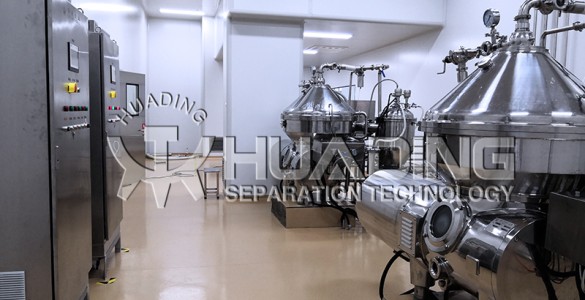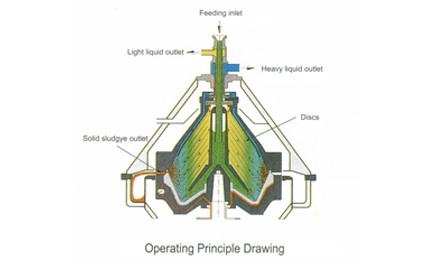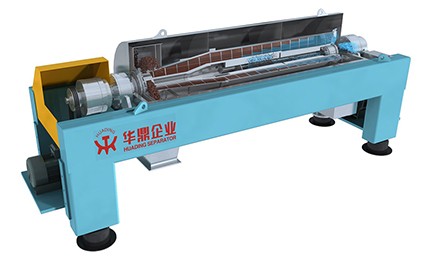Separation and Extraction in Food Ingredients
Separation and extraction in food ingredients involve the removal or isolation of specific components from the original food or beverage product. This process is a cornerstone of the food industry, enabling manufacturers to isolate desirable components such as nutrients, flavors, or functional compounds while removing unwanted or harmful substances. By separating food into its component parts, the industry can enhance product quality, ensure safety, and optimize functionality to meet the diverse needs of consumers.






